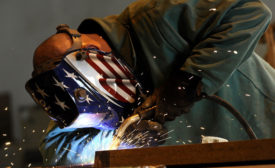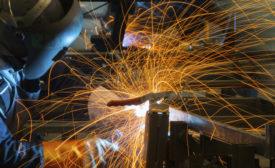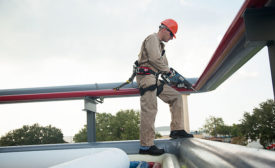Safety & Health Best Practices
Stay current with PPE safety standards
What you need to know about ASTM F2413, NFPA 2112, NFPA 70E and EU standards
December 4, 2019
10 safety mistakes that can cost you a legal case
Really doing due diligence
December 4, 2019
FR
Mining electrocutions trigger MSHA alert
The Mine Safety and Health Administration issues electrical safety best practices
December 3, 2019
Become a Leader in Safety Culture
Build your knowledge with ISHN, covering key safety, health and industrial hygiene news, products, and trends.
JOIN TODAYCopyright ©2025. All Rights Reserved BNP Media.
Design, CMS, Hosting & Web Development :: ePublishing










